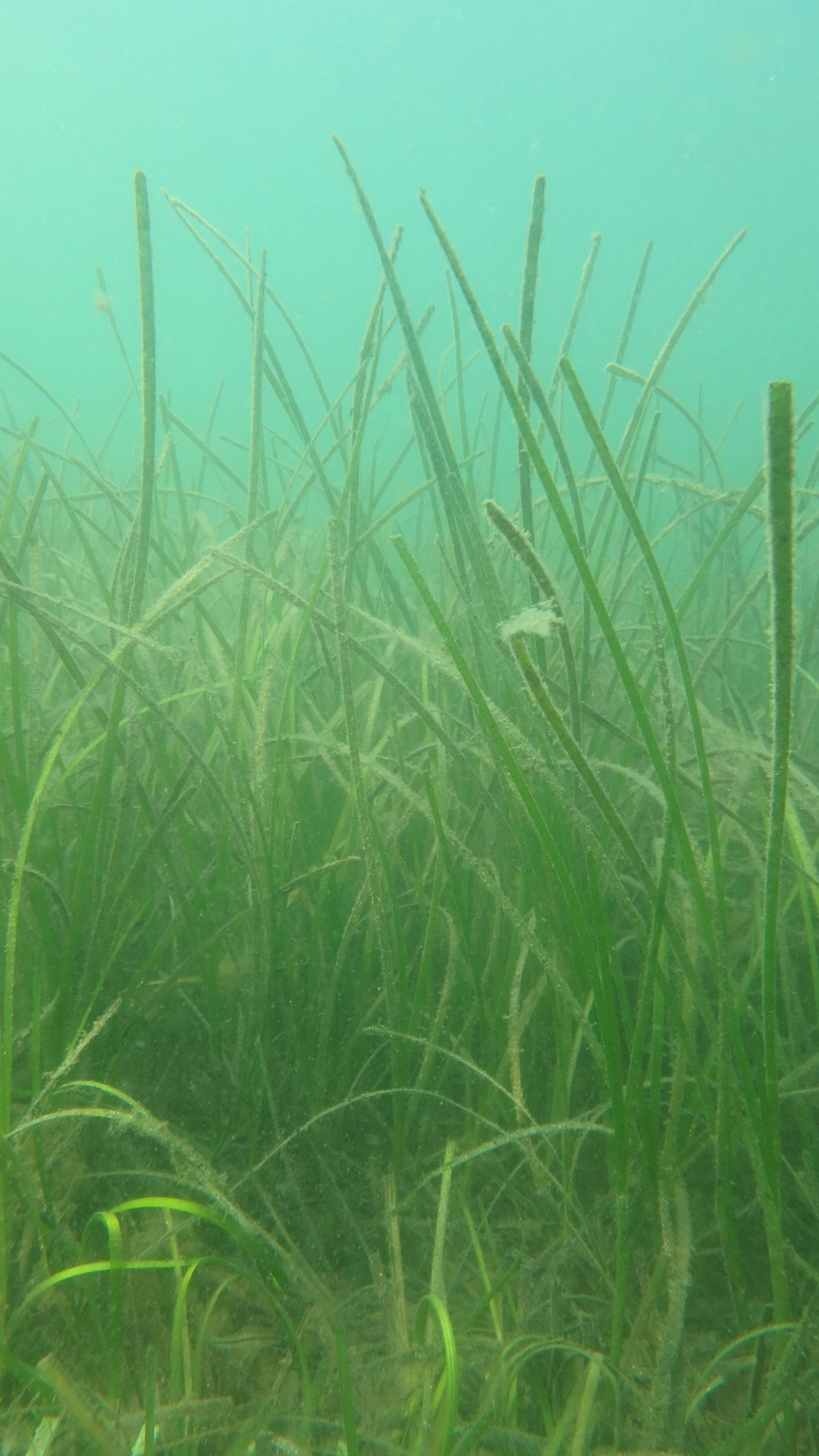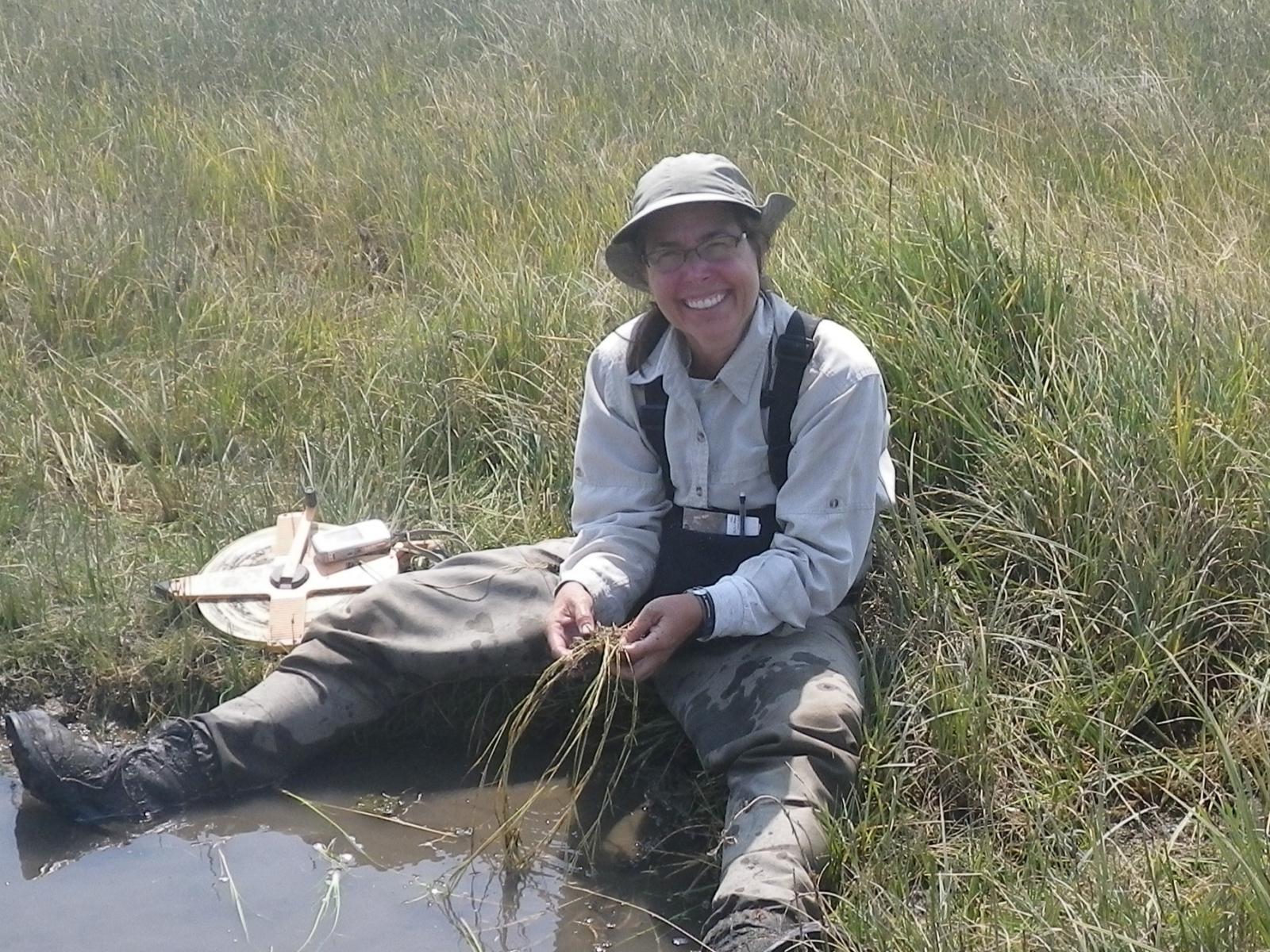How restored top predators helped slow down coastal damage
Tag: Estuary
Previously Overlooked Algae Toxin Widespread in Southern Indian River Lagoon
Pseudo-nitzschia spp., an algae that produces the neurotoxin domoic acid, can bioaccumulate within food webs causing harm to humans and animals. A molecular study of Florida’s Indian River Lagoon shows this algae was present in 87 percent of the water samples collected. All isolates showed toxicity, and domoic acid was found in 47 percent of surface water samples. As a nursery for many organisms that supports a high amount of biodiversity, the presence of domoic acid could negatively impact the lagoon system.

Excess Nutrients Lead to Dramatic Ecosystem Changes in Cape Cod’s Waquoit Bay; The Bay Is a Harbinger for Estuaries Worldwide, Say Researchers
When the Covid-19 pandemic hit in 2020 with associated travel restrictions, Matthew Long thought his students could shift their overseas research projects to instead study the seagrass meadow ecosystem in Waquoit Bay. It’s a shallow, micro-tidal estuary on the south side of Cape Cod in Massachusetts, near the Woods Hole Oceanographic Institution (WHOI) where Long is an associate scientist in the Marine Chemistry and Geochemistry Department.
Toxins from Harmful Algae Found in Bull Sharks of Florida’s Indian River Lagoon
The Indian River Lagoon (IRL) is a bull shark nursery habitat crucial to survival and recruitment of Atlantic coast bull sharks. Analysis of 123 samples found the presence of one or more phycotoxin from harmful algal blooms in 82 percent of the bull sharks and their prey items. Findings highlight the potential threat of toxic algae to the IRL’s ecosystem and surrounding human populations that may consume the same prey species. The highest concentrations of most toxins were detected in gut content samples, highlighting dietary exposure as an important mechanism of toxin transfer to bull sharks in the system.

A Watershed Study for Wetland Restoration
Amy Borde and coauthors at PNNL’s Marine and Coastal Research Laboratory developed a new predictive modeling tool for estuarine–tidal river research and management. A decade in the making, the innovative framework provides a means for understanding how both natural and human forces govern hydrology and plant communities in these complex wetland ecosystems, now and into the future.